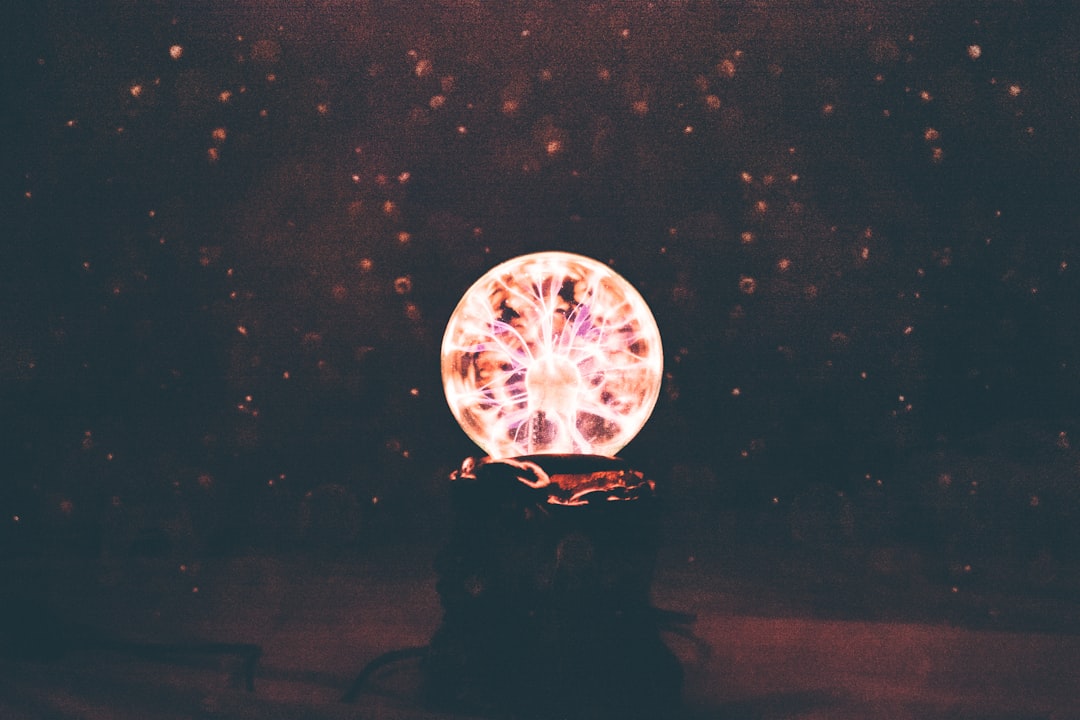From classical to contemporary, Indian dance has a rich heritage that spans centuries. But in the last decade, one television show has played a pivotal role in bringing this art form to the masses and shaping its evolution: Dance India Dance.
Buy Airtel DTH with exciting benefits!
The Genesis of Dance India Dance
Dance India Dance, popularly known as DID, first aired on Zee TV in 2009. The show’s format was simple yet groundbreaking: it invited dancers from across the country to showcase their skills and compete for the title of India’s best dancer.
What set DID apart was its inclusive approach. The show welcomed dancers from all backgrounds and styles, giving equal importance to classical, folk, and contemporary forms. This diversity was reflected in the judging panel, which included renowned choreographers like Geeta Kapoor and Terence Lewis, who brought their expertise in various dance genres.
The Audition Process: A Rigorous Test of Talent
The journey to becoming a DID contestant is no cakewalk. The audition process is a multi-stage affair that tests a dancer’s versatility, stamina, and ability to perform under pressure.
-
Open Auditions: Held in major cities like Delhi, Mumbai, and Kolkata, these auditions are open to dancers aged 15-30. Contestants perform a brief routine before the judges, who decide whether they have the potential to move forward.
-
Mega Auditions: Selected dancers undergo a gruelling several-day process where they are tested on various styles like Hip-hop, Bollywood, Jazz, and Classical. Only the top 18 make it to the final round.
The DID Stage: A Platform for Diversity
Once on the show, contestants are divided into teams led by the judges, who double up as mentors. This unique format allows each judge to nurture talent in their area of expertise, be it Bollywood dance or Contemporary.
Throughout the season, dancers perform to a wide range of music, from classic Bollywood numbers to international hits. The emphasis is on storytelling through dance, with contestants often tasked with interpreting complex themes or emotions.
The Impact of Dance India Dance
Revitalizing Traditional Dance Forms
One of DID’s biggest contributions has been in reviving interest in traditional Indian dance forms. By presenting these styles on a mainstream platform, the show has made them accessible to a younger audience.
Many contestants have chosen to showcase classical styles like Bharatanatyam, Kathak, and Odissi, introducing viewers to the rich history and technique behind these forms. This has sparked a renewed appreciation for India’s dance heritage, with more young people taking up traditional dance classes.
Fusion and Innovation
DID has also been instrumental in promoting fusion and experimental styles. Contestants are encouraged to blend different genres, creating unique combinations like Classical-Contemporary or Bollywood-Hip-hop.
This spirit of innovation has carried over into the wider dance community, with choreographers and dancers pushing the boundaries of what’s possible. Today, it’s not uncommon to see a Bharatanatyam dancer incorporating Jazz elements or a Hip-hop crew drawing inspiration from Indian folk styles.
Launching Careers and Changing Lives
For many contestants, DID has been a launchpad to success in the entertainment industry. Winners and finalists have gone on to become choreographers, actors, and dance teachers, taking their passion to new heights.
But the show’s impact goes beyond individual careers. By providing a platform for talented dancers from small towns and underprivileged backgrounds, DID has shown that dance can be a vehicle for social mobility and change.
The Future of Dance India Dance
Now in its eighth season, Dance India Dance shows no signs of slowing down. The show continues to attract top talent and push the boundaries of what’s possible in the world of dance.
As the Indian dance scene evolves, DID will undoubtedly continue to play a key role in shaping its direction. With its commitment to diversity, innovation, and excellence, the show is poised to inspire a new generation of dancers and enthusiasts.
|
Dance India Dance: Key Facts |
|
|
First Aired |
2009 on Zee TV |
|
Number of Seasons |
8 (as of 2023) |
|
Age Limit for Contestants |
15-30 years |
|
Notable Judges |
Geeta Kapoor, Terence Lewis, Remo D’Souza |
|
Dance Styles Featured |
Classical, Contemporary, Bollywood, Hip-hop, Jazz, Folk |
|
Famous Alumni |
Dharmesh Yelande, Raghav Juyal, Shakti Mohan |
|
Impact on the Indian Dance Scene |
Revitalized traditional forms, promoted fusion and experimental styles |
Dance India Dance has been a game-changer for the Indian dance industry, bringing diverse styles and exceptional talent to the forefront. By providing a platform for both traditional and contemporary forms, the show has helped reshape the landscape of dance in India.
For dance enthusiasts looking to keep up with the latest episodes and trends, a reliable broadband connection is essential. Airtel Xstream Fiber, with its high-speed internet and bundled content offerings, is an ideal choice for streaming dance india dance full episodes and exploring the vibrant world of Indian dance shows.
FAQs
1. What is the age limit for Dance India Dance contestants?
Contestants must be between the ages of 15 and 30 to audition for Dance India Dance.
2. How many seasons of Dance India Dance have aired so far?
As of 2023, eight seasons of Dance India Dance have been aired on Zee TV.
3. Who are some of the famous judges on Dance India Dance?
Some renowned judges on DID include Geeta Kapoor, Terence Lewis, and Remo D’Souza, all acclaimed choreographers in their respective styles.
4. Has any Dance India Dance contestant gone on to become a Bollywood star?
Yes, several DID contestants have made it big in Bollywood, such as Dharmesh Yelande, Raghav Juyal, and Shakti Mohan.
5. What are the different dance styles featured on Dance India Dance?
DID showcases a wide range of styles, including Classical, Contemporary, Bollywood, Hip-hop, Jazz, and Folk dance forms from various regions of India.


 Get App
Get App  Airtel Store
Airtel Store  Login
Login 


